I am working with large datasets of protein-protein similarities generated in NCBI BLAST. I have stored the results in a large pairwise matrices (25,000 x 25,000) and I am using multidimensional scaling (MDS) to visualize the data. These matrices were too large to work with in RAM so I stored them on disk in HDF5 format and accessed them with the h5py module.
The sklearn manifold MDS method generated great visualization for small-scale data in 3D, so that is the one I am currently using. For the calculation, it requires a complete symmetric pairwise dissimilarity matrix. However, with large datasets, a sort of "crust" is formed that obscures the clusters that have formed.

I think the problem is that I am required to input a complete dissimilarity matrix. Some proteins are not related to each other, but in the pairwise dissimilarity matrix, I am forced to input a default max value of dissimilarity. In the documentation of sklearn MDS, it says that a value of 0 is considered a missing value, but inputting 0 where I want missing values does not seem to work.
Is there any way of inputting an incomplete dissimilarity matrix so unrelated proteins don't have to be inputted? Or is there a better/faster way to visualize the data in a pairwise dissimilarity matrix?